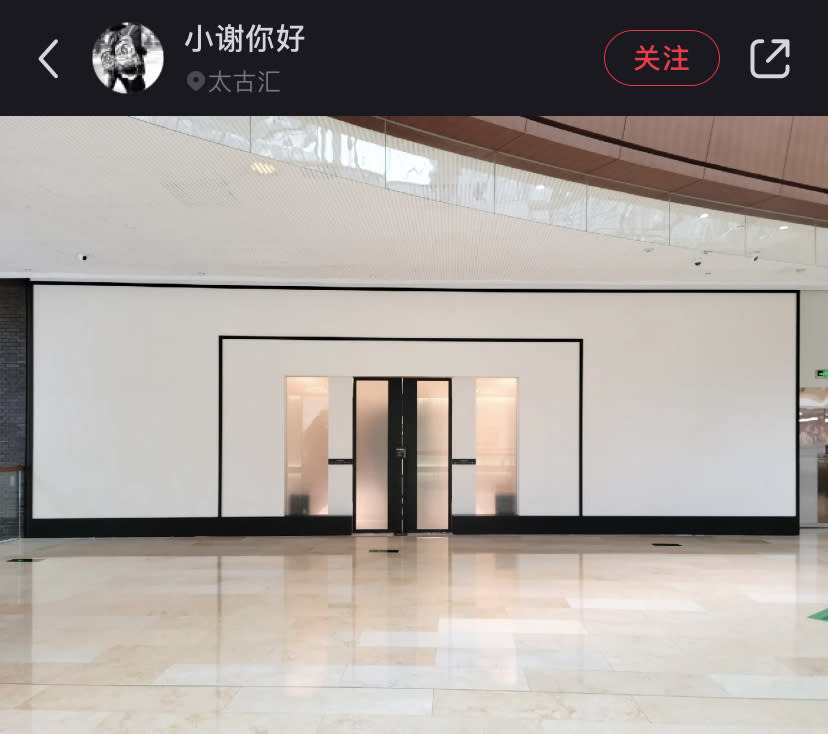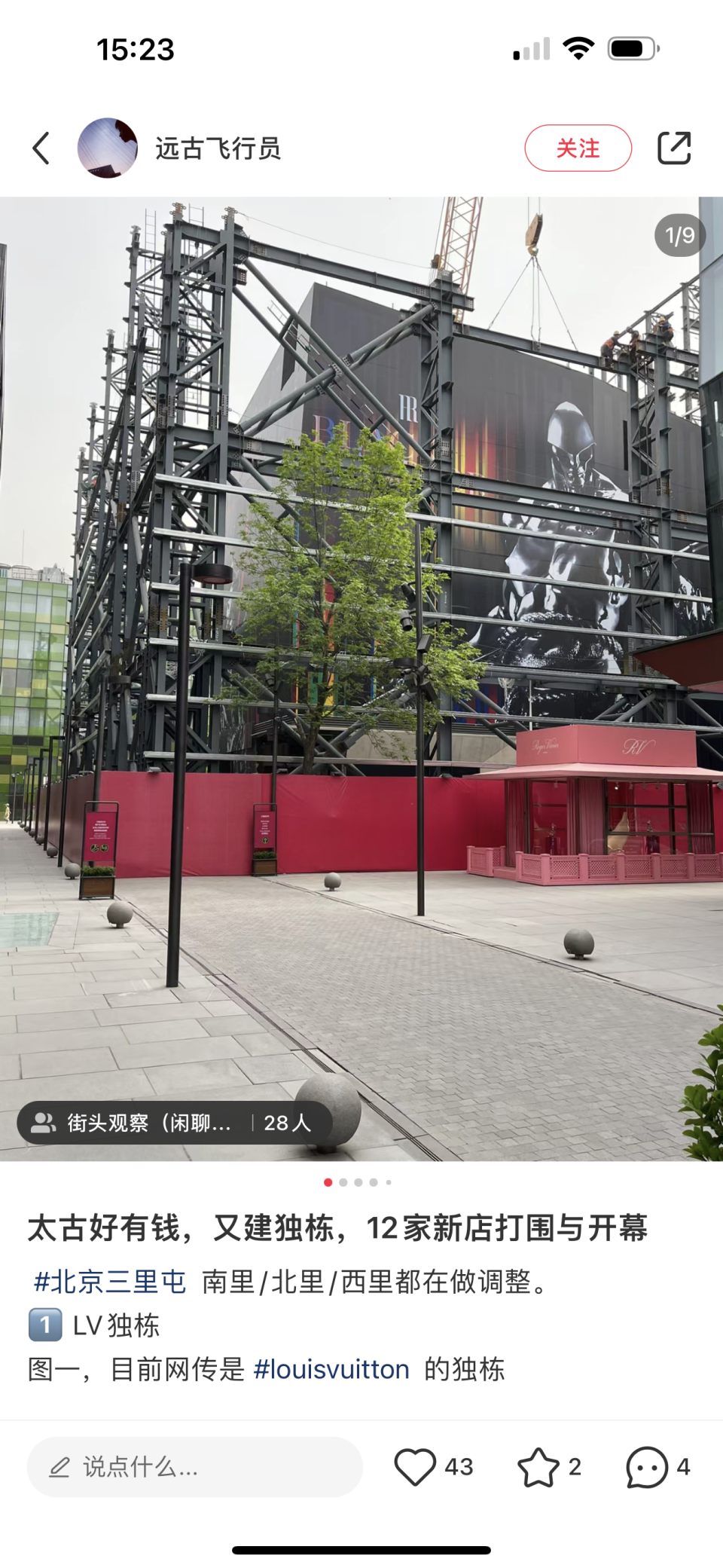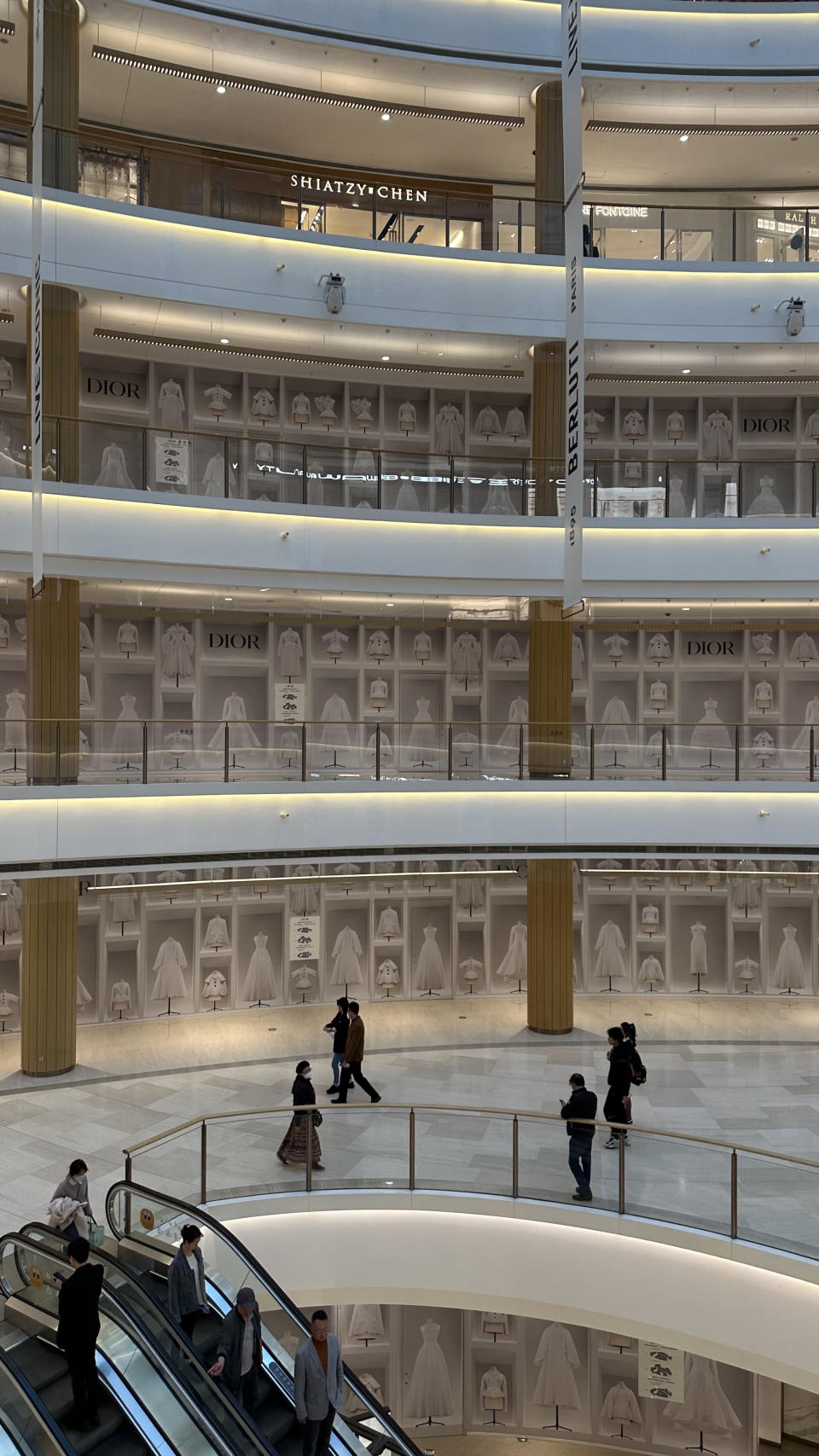Luxury Courts Big Spenders to Combat China’s Slowed Growth

LONDON — May data released Thursday by China’s National Bureau of Statistics indicated that the swift rebound seen at the beginning of the year might have lost momentum.
Retail sales in the period increased by 12.7 percent, missing forecasts of 13.6 percent growth and slowing from April’s 18.4 percent. Industrial output grew 3.5 percent in May year-over-year, slowing from the 5.6 percent jump in April, as global and domestic demand weakened.
More from WWD
While the U.S. and Europe have been hiking interest rates to cool inflation, China’s central bank earlier this week cut some key interest rates for the first time in 10 months to boost spending and investment. More stimulus packages are expected as well.
China’s sizable middle class has been struggling to deal with an uncertain economic outlook coming out of the three-year pandemic. Youth unemployment hit an all-time high of 20.4 percent in April, and more than 11.58 million university students are due to graduate this summer, meaning that Gen-Z might no longer be a top priority among brands.
As a result, key luxury players have been shifting their China strategies to better serve big spenders in a bid to sustain the high level of growth seen during the past decade.

Chanel, for example, is set to have five VIP salons in China in the coming years. The most recent one, unveiled last week in Taikoo Hui Guangzhou, features a discreetly designed black-and-white entrance and contains four private fitting rooms and a public lounge area, according to store details revealed by industry insiders on Xiaohongshu.
The brand’s effort to woo big spenders, or “nurtured local clienteles,” as Philippe Blondiaux, Chanel’s group chief financial officer, put it, helped the brand boost 2022 revenues in the Asia Pacific region by 14.3 percent to $8.65 billion, with double-digit gains in the mainland China market.
Other luxury power players such as Dior, Louis Vuitton, and Hermès have also adopted a VIP-first retail strategy in China by revamping their existing flagships to include expansive VIP areas where high spenders can browse exclusive offerings while sipping Champagne.
Hermès in April unveiled its revamped first mainland China store in The Peninsula Beijing, doubling its space to better serve very important customers. Louis Vuitton last week reopened its renovated and expanded Hangzhou store at Hubin Yintai In77, designed by Japanese architect and frequent house collaborator Jun Aoki. Both stores are believed to be top-performing locations in China.

Hermès, Dior, and Louis Vuitton are set to unveil standalone flagships in Sanlitun Beijing next year. The Louis Vuitton space used to host Dover Street Market Beijing for 12 years, while the Hermès location will be the city’s first Maison store.
Dior has also been working on the overhaul of its Shanghai flagship in Plaza 66 since last year. The new store will span four floors, taking over a significant proportion of the luxury shopping mall, where LVMH Moët Hennessy Louis Vuitton is headquartered in the office building above.

Last year it was reported in local media that, in an internal meeting, LVMH labeled its Chinese customers under three categories. It triggered widespread online discussions about China’s worsening income equality situation.
The company reportedly identified those with an annual income under 3 million renminbi, or $420,000, as no-income. The other two categories are ultra-high income, those with an annual income of more than 10 million renminbi, or $1.4 million, and high income, those who earn between $420,00 and $1.4 million every year.
While the group never confirmed the reporting, rounds of high jewelry trunk shows from Bulgari and Tiffany & Co., and frequent price hikes on bestselling bags did signal a shift in priority and it’s in line with a recent report by Bain & Co, which anticipates that the Chinese luxury market this year will be driven by the top 2 percent of luxury spenders as the economic slowdown affects entry-level luxury consumers more than ultra-high-net-worth ones.
Best of WWD

